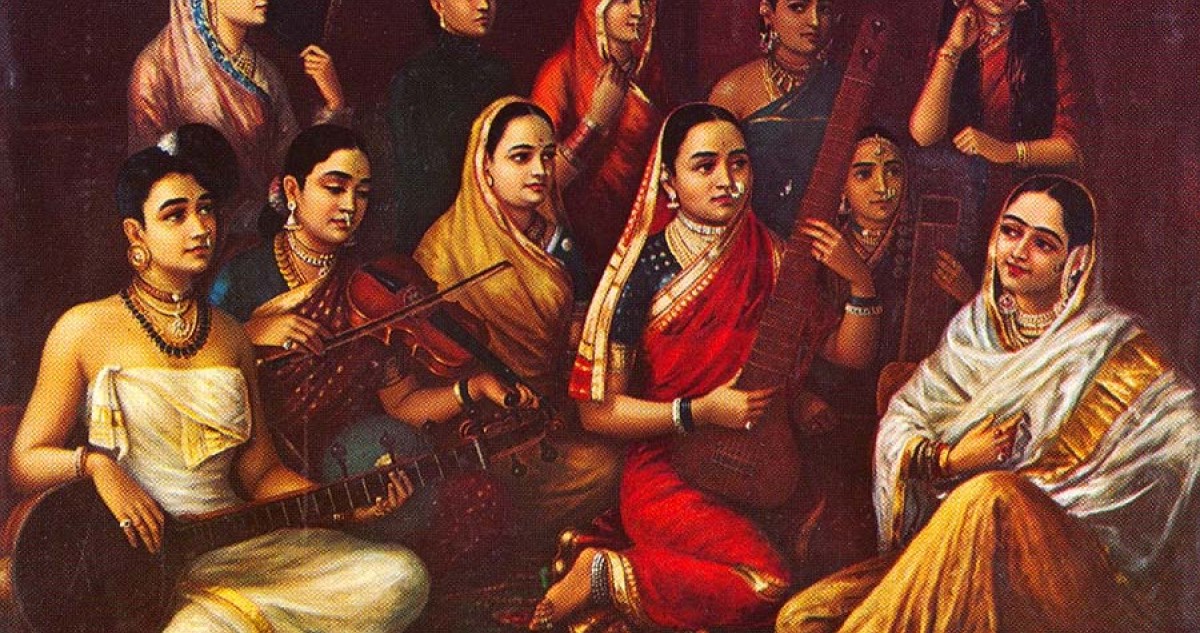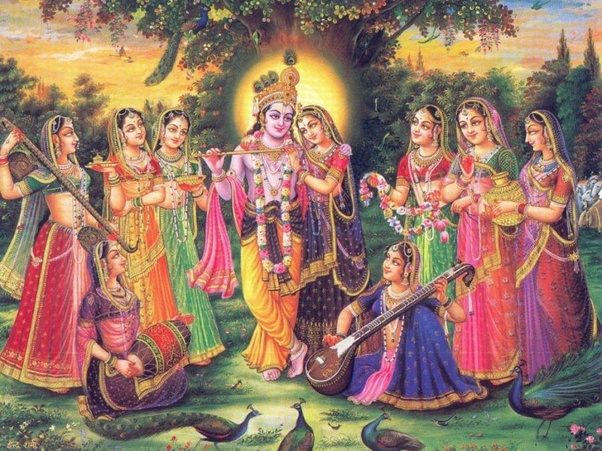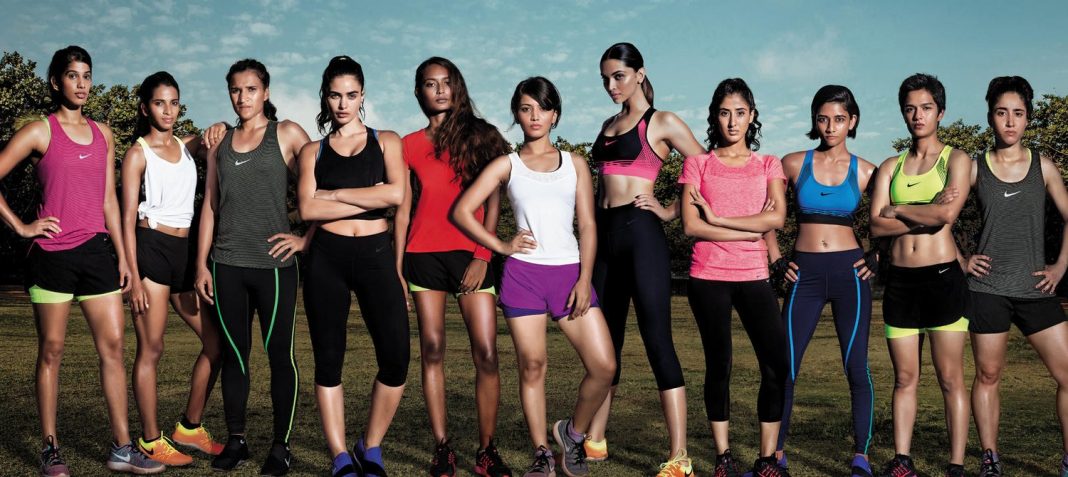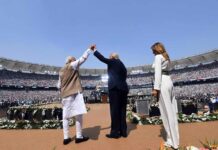Right from a very young age, it had been drilled into our collective heads that women are the pivot of any society as they play a very important role in the socialization process and development of human personality. A woman, in the guise of a mother, sister, wife and daughter, plays a very significant role in shaping confident individuals and the consequent development of the society.
The dignity that a woman feels in a society is directly proportional to its progress. This way, women are the source of culture and lie at the root of its social organization. The integration or disintegration of any society depends on the kind of status it provides to its women.
In Indian culture, the women have always been considered the source and epitome of resilience, strength and power. Our country has had glorious traditions of respecting its women. It has been a cultural belief in India that gods shower their blessings on the home where she is treated with love and respect. Such a house is peaceful and prosperous and hence, the lady of the house is called ‘Grihalakshmi’ or ‘Goddess of Home’.
The house where the woman is ill-treated, it is not happy, its prosperity flees and its development is curtailed or completely doomed.
Mother is the first teacher of the child, providing the basic information about the society it is born in and helping it to become a good citizen. This way, she contributes in the making of a just and humane society.
The woman, as ‘Shakti’, is the symbol of power; as ‘Saraswati’, she symbolises knowledge and wisdom while as ‘Kali’, she is the destroyer of evil. Thus, as per cultural traditions of India, woman has always been accorded an extremely exalted and respectable status by the society. In return, woman has always made Indian society fit to be honoured by her inspiration, sacrifice, mercy, tolerance, love and affection.
Also Read: India’s Silicon Valley Bengaluru Shamed. Woman Molested On Streets
But some disconnect seemed to have taken place between what we were taught and which we made our own AND what is actually happening on the ground. This becomes evident as we go through a newspaper or switch on the T.V., the headlines striking a bolt and we are forced to hang our heads in shame. Nearly every second news is about an atrocity committed on women, in one form or the other.
It feels as if every Indian is hell bent on committing the worst forms of tortures on its womanhood, be it rape, murder, female infanticide, immolation etc., heinous crimes that are a blot on our society. Such news leave us aghast and we are left wondering as to what happened to our humanity, our education and our values. They tug at our heart strings and ask: Are we fit enough to be called civilised? Are we any better than the unfortunate creatures whom we so haughtily call animals? In fact, animals seem to be far better than us if we deem it fit to witness them when they are together.
But things were not always so bad for Indian women. Indian women in the time of the Rig Veda enjoyed high status in society. They were provided every opportunity to attain high intellectual and spiritual standards. There were many women sages during this period. Though monogamy was the order of the day, the richer section of the society married more than once. There was no sati custom or early marriage.
But from enjoying free and esteemed position in the Rig-Vedic society, women began to be discriminated against in education and other rights and facilities from the later-Vedic Age. Child marriage, widow burning, the purdah and polygamy further worsened the women’s position. All this was brought about by a combination of circumstances, conditions, devious schemes and ill mentality of the Indian male. So let us now try to analyse and understand as to what exactly happened that women lost their pedestal and what may be done to regain their lost glory.
With the creation of the Vedas, right from around 300 BC, the history of India’s cultural traditions begins. In this period, the women enjoyed an exalted status and were free to take part in religious activities. In fact, no such activity was considered complete without their participation. They never veiled themselves and were free to choose their life partner. Marriage was considered a social and religious duty and united the couple on an equal footing. Widows were permitted to remarry but divorce was not allowed. Women were given complete freedom in family matters and were treated as “Ardhanginis”.

A woman could remain a spinster if she so chose and marriage was not forcibly imposed. Such a woman had the right to inherit her father’s property. Monogamy was the form of marriage, child marriage was unknown and girls were married only after puberty. Dowry was only symbolic and not the social evil it has become in the present times. The practice of “Sati” is nowhere mentioned in the RigVeda.
Daughters were never ill-treated, received education like boys and went through the “Brahmacharya” discipline including the “Upanayana” ritual. Women studied the Vedic literature and some like Gargi, Maitreyi, Lopamudra, Ghosa and Sikata-Nivavari are even mentioned as authors of the Vedic hymns. They also participated actively in religious discourses.
Also Read: The Dark Ages – Woman Murdered For Property After Branding Her A Witch
Women also shone as debaters in public assemblies and usually occupied a prominent place in social gatherings. Women also took part in state administration and battles. Rajatarangini of Kalhana mentions women rulers such as Sugandha, Didda and Kota who ruled Kashmir for a long time.
In family matters, though the custom and tradition invested the husband with greater powers, the women were regarded as equal to their husbands. Both husband and wife were regarded as the joint heads of the household. The wife was however expected to be obedient to the husband helping him in the performance of his duties, including the religious ones. The wife enjoyed full rights and regularly participated in religious ceremonies with her husband. Religious ceremonies and sacrifices were performed jointly by the husband and the wife.
Women rights were much limited in inheriting property. A married daughter had no share in her father’s property but each spinster was entitled to one-fourth share of patrimony received by her brothers. The social customs were not in favour of women possessing property but protection was given to them as daughters and wives.

Indian women at the time of epics enjoyed an honourable position at home. Both Ramayana and Mahabharata idolise womanhood as one of the most venerable aspects of our heritage, refer to respectable status of women and address them as the root of dharma, prosperity and enjoyment. They also mention women like Kaikeyi, Sita, Rukmini, Satyabhama, Savitri, and Draupadi etc. as expression of courage, strong willpower and valour.
One may thus surmise that in Vedic India, women did not have an inferior status; rather they occupied an honourable place. They had ample rights in the social and the religious fields and limited rights in the economic and the political fields. They were not treated as inferior or subordinate but equal to men.
But in the subsequent period of Dharmashastras and Puranas, the status of women underwent a major change and gradually declined. Their freedom was curtailed and they were deprived formal education.They were also prevented from reading the Vedas and becoming Brahmacharinis. The daughters were regarded as second class citizens while the sons were given more weightage. Read More..



















